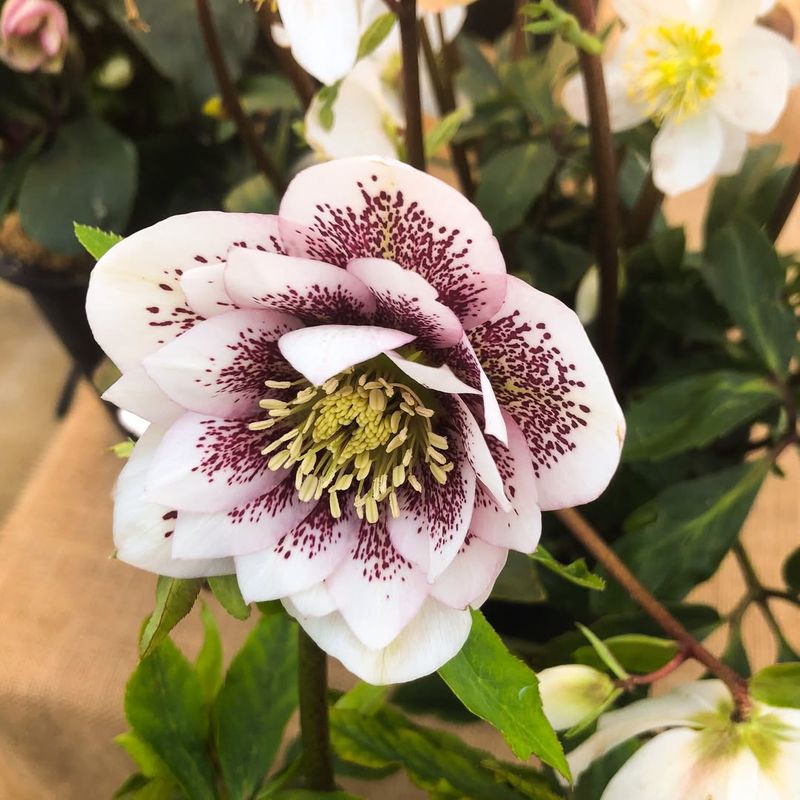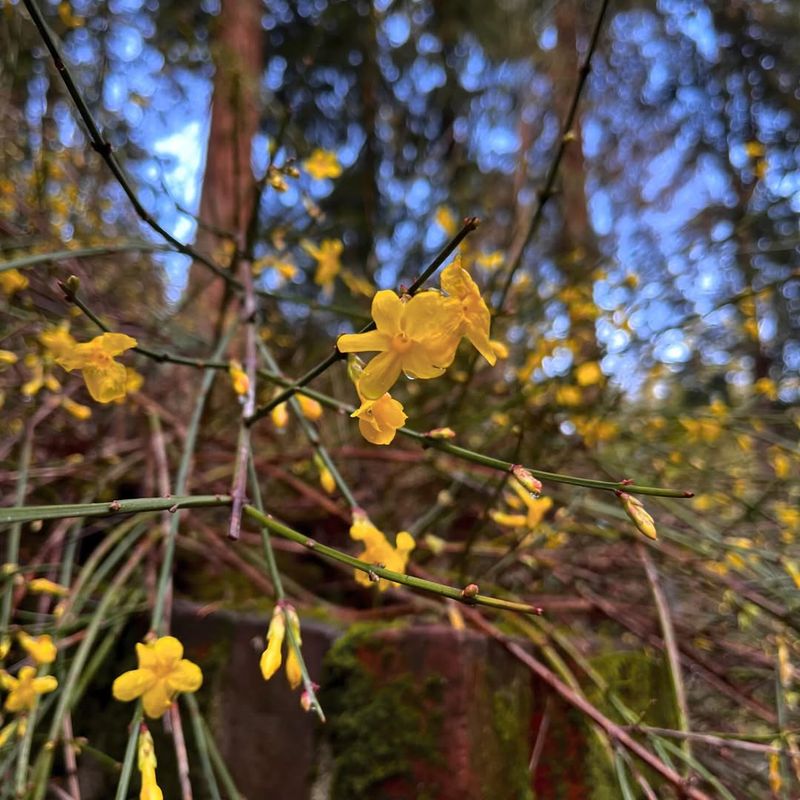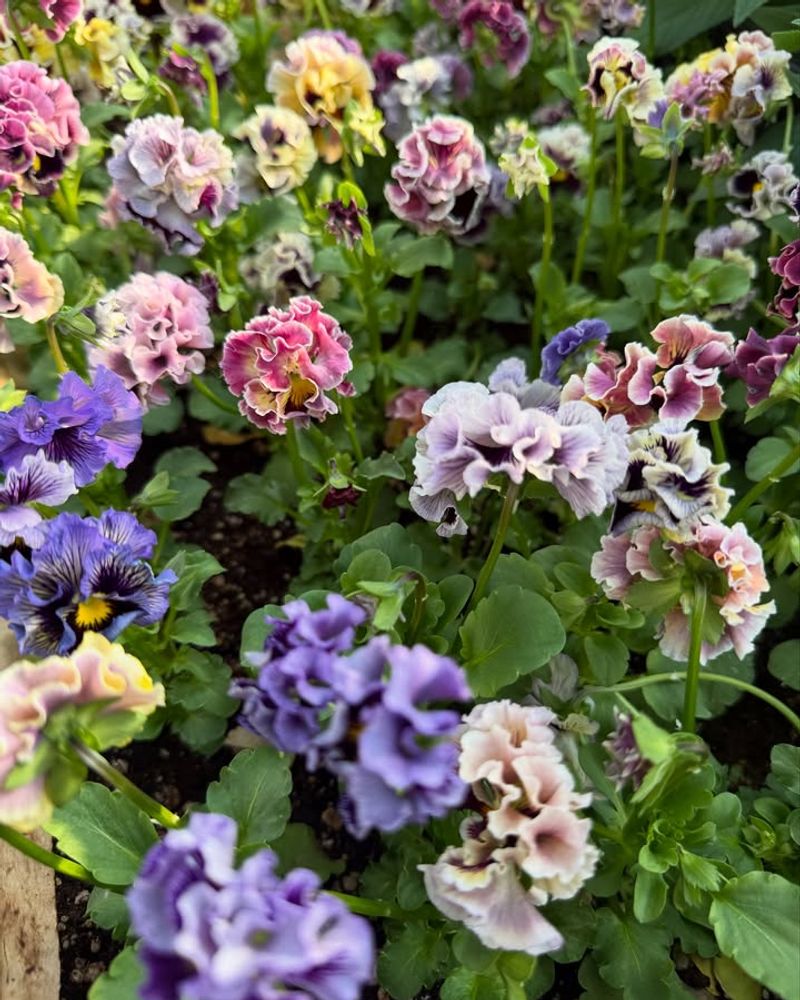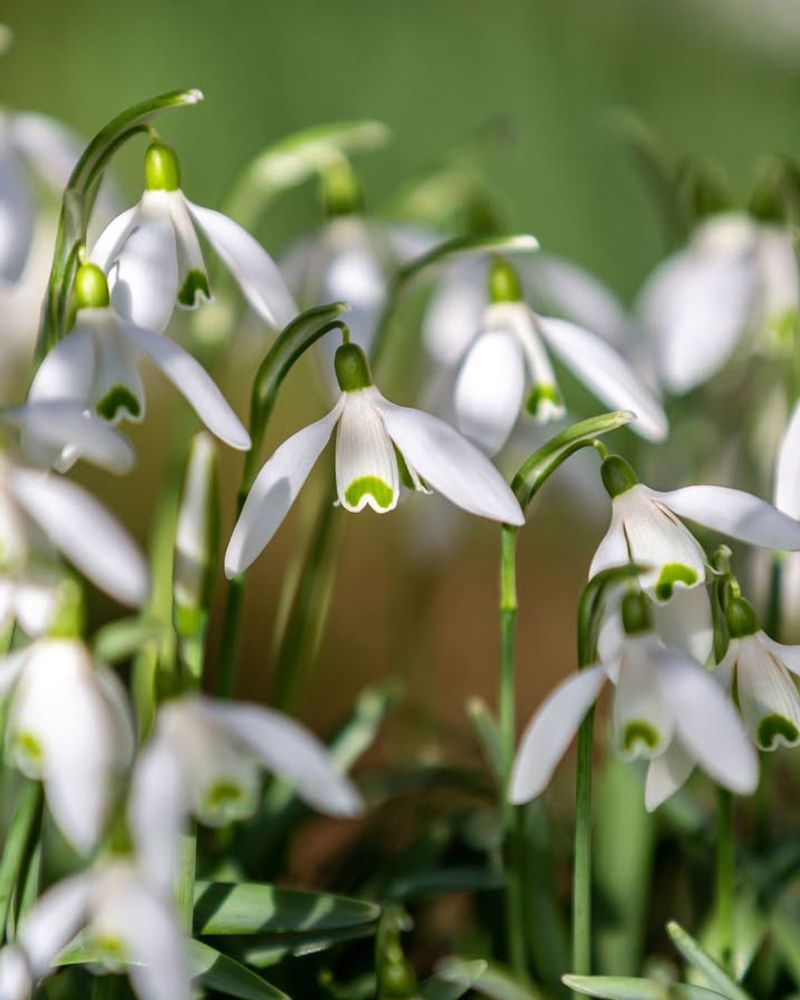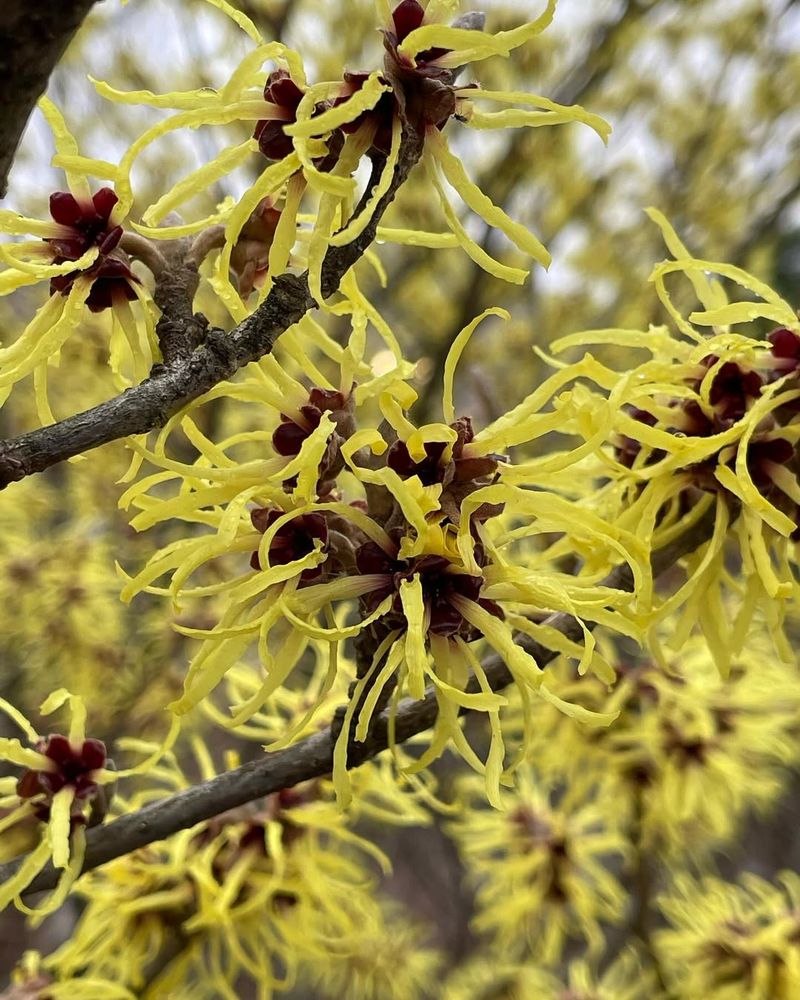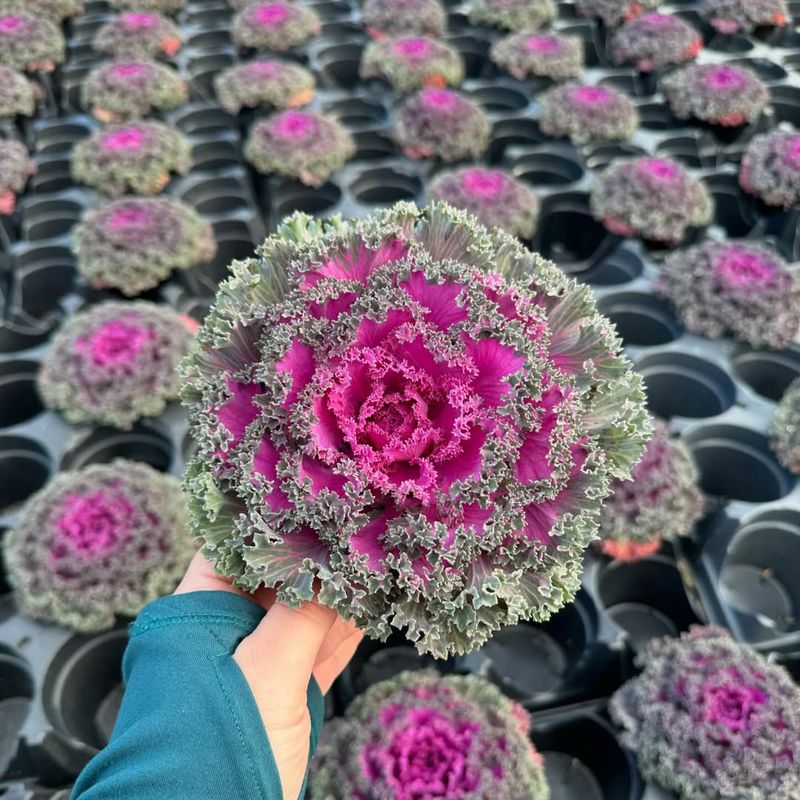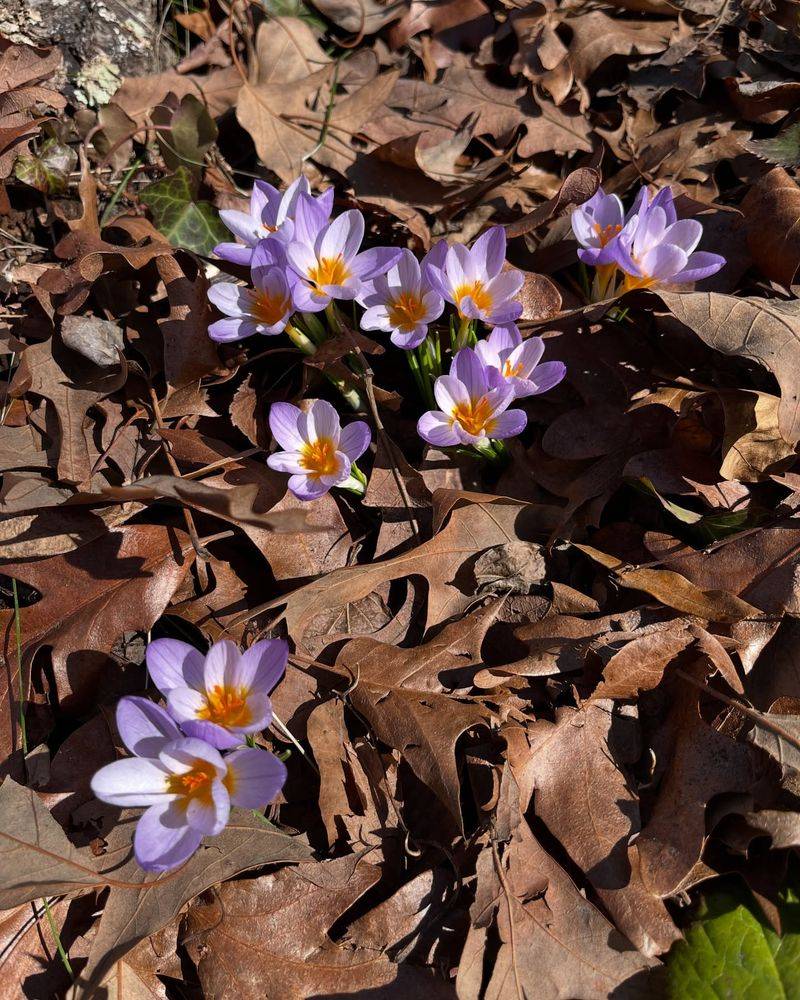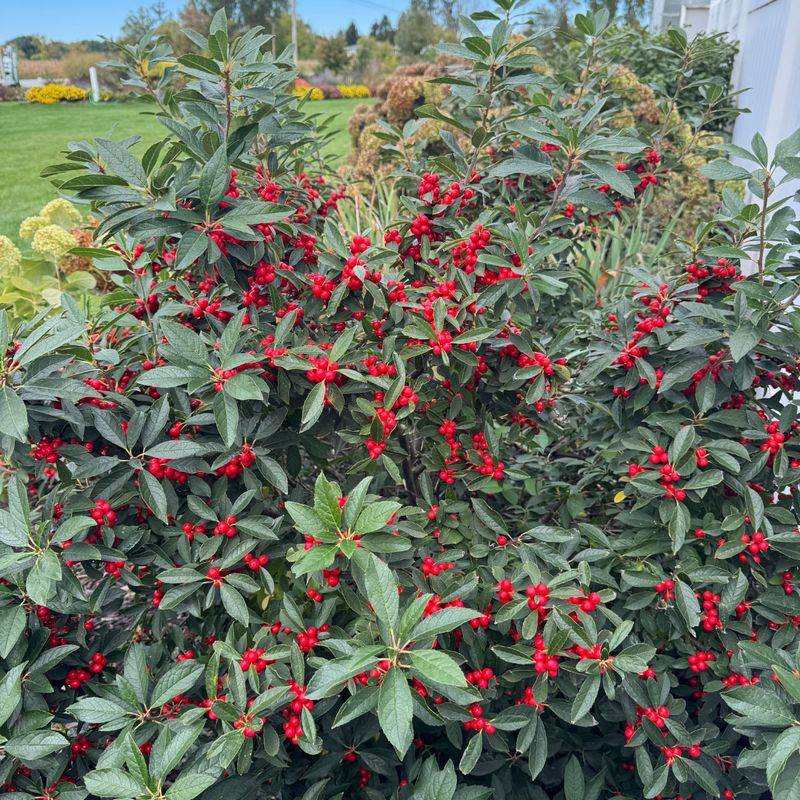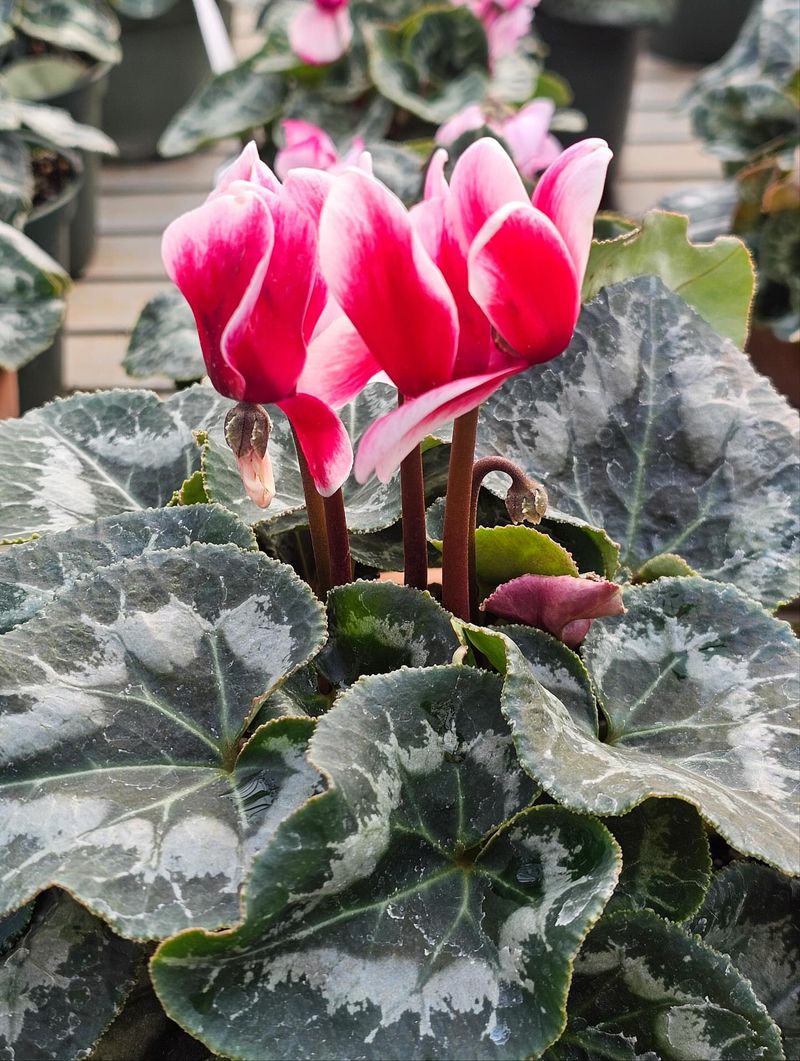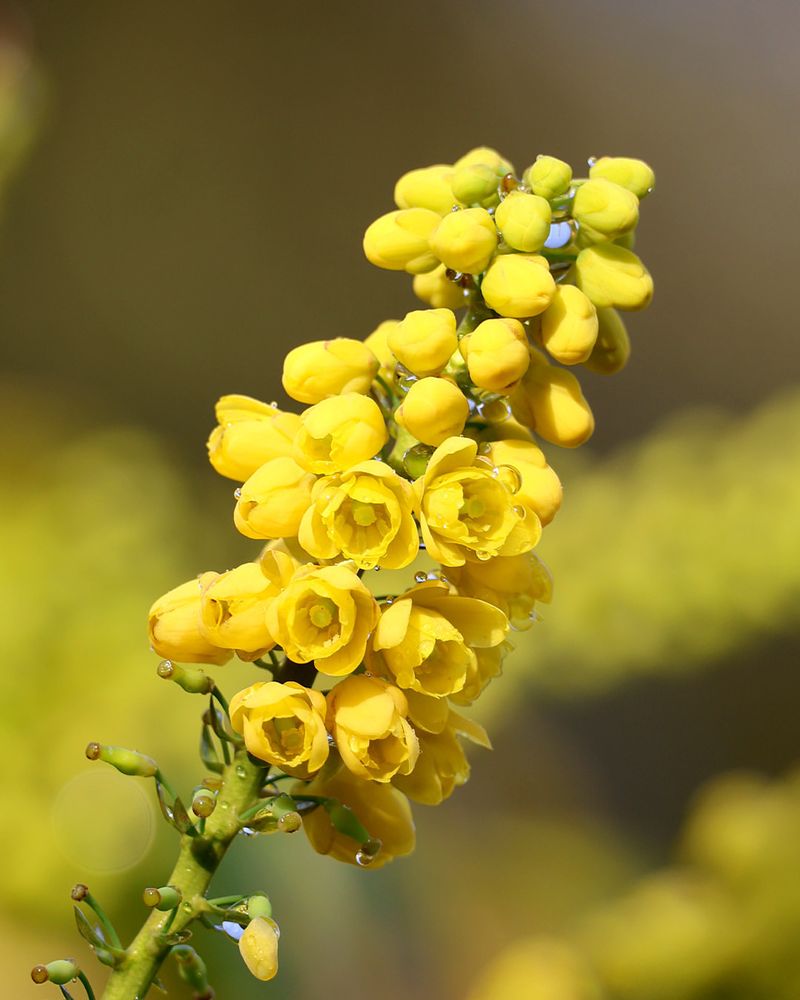Idaho’s cold snaps hit hard, yet some winter blooms stand tall and steal the show. These hardy favorites turn frosty mornings into a splash of life, proving that color still holds its ground when the mercury drops.
Gardeners across the state reach for varieties that laugh in the face of ice and snow, and their landscapes reward them with a bright, no-nonsense burst of cheer all season long.
1. Hellebores Bring Early Color
Often called Christmas Rose or Lenten Rose, hellebores start blooming when snow still covers the ground. Their leathery leaves stay green all winter long, and flowers appear in shades of white, pink, purple, and even green.
Plant them in partial shade where they’ll get protection from harsh afternoon sun. Once established, they need very little care and will spread slowly over time. Deer and rabbits usually leave them alone, which makes them perfect for Idaho gardens.
2. Winter Jasmine’s Cheerful Yellow
Bright yellow flowers pop out on bare green stems before any leaves appear, creating a stunning contrast against winter’s gray skies. Winter jasmine can survive temperatures well below zero, making it ideal for Idaho’s climate.
This sprawling shrub works great as a ground cover or cascading over walls and slopes. It doesn’t have the fragrance of summer jasmine, but the cheerful blooms more than make up for it. Prune after flowering to keep its shape neat and tidy.
3. Pansies That Laugh At Frost
Believe it or not, pansies can bloom right through Idaho winters when planted in fall. Their cheerful faces come in every color imaginable, from deep purple to sunny yellow and bright orange.
Choose varieties specifically bred for cold tolerance to get the best results. They might slow down during the coldest weeks, but they’ll bounce back quickly when temperatures rise slightly. Add them to containers near your front door for instant curb appeal all winter long.
4. Snowdrops Signal Spring’s Approach
These delicate white flowers push through frozen soil and even snow, living up to their perfect name. Snowdrops are among the earliest bloomers, often appearing in late winter when nothing else dares to grow.
Plant bulbs in fall about three inches deep in areas with good drainage. They naturalize easily, which means they’ll multiply and create larger displays each year. The sight of snowdrops emerging tells Idaho gardeners that warmer days are finally coming soon after months of cold.
5. Witch Hazel’s Fragrant Ribbons
Witch hazel produces unusual spidery flowers with ribbon-like petals in shades of yellow, orange, and red during the coldest months. The sweet fragrance carries surprisingly far on cold winter air, attracting any pollinators brave enough to venture out.
This large shrub or small tree needs space to grow but requires minimal maintenance once established. The flowers can withstand freezing temperatures by curling up tight, then unfurling again when conditions improve. Fall foliage provides bonus color before winter blooms appear.
6. Ornamental Kale Adds Texture
While technically not a flower, ornamental kale becomes more colorful as temperatures drop, with centers turning brilliant shades of pink, purple, and white. Cold weather actually improves its appearance rather than damaging it.
Use ornamental kale in containers, borders, or even as edible landscaping since it’s related to regular kale. The ruffled or smooth leaves create interesting texture when combined with actual winter flowers. It can handle temperatures down to the single digits without protection in most Idaho locations.
7. Camellias For Sheltered Spots
In protected microclimates around Idaho homes, certain camellia varieties can produce stunning rose-like blooms during winter months. Choose cold-hardy types bred specifically for zones 6 and 7 to ensure success.
Plant them on the north or east side of buildings where they’ll avoid harsh winter sun that can damage buds. Glossy evergreen leaves provide year-round interest even when plants aren’t flowering. Mulch heavily around roots to protect them from temperature fluctuations that Idaho winters bring regularly.
8. Crocus Bulbs Break Through Snow
Crocuses are tough little bulbs that push through snow and frozen ground to bloom in late winter. Purple, yellow, and white flowers create cheerful patches of color when the garden desperately needs it most.
Plant them in fall alongside snowdrops for an extended early bloom season. Squirrels and other critters love crocus bulbs, so use wire mesh or plant extra to account for losses. They work wonderfully when naturalized in lawns, though you’ll need to wait to mow until their foliage falls back completely.
9. Winterberry Holly’s Bright Berries
Technically the berries rather than flowers provide winter interest, but winterberry holly deserves mention for the incredible show it puts on. Brilliant red berries cover bare branches after leaves drop, creating stunning displays that last all winter long.
You’ll need both male and female plants for berry production, with one male pollinating several females. Birds eventually eat the berries, but they usually last through much of winter first. The deciduous nature surprises people who expect hollies to keep their leaves year-round.
10. Cyclamen For Indoor-Outdoor Beauty
Hardy cyclamen species can survive outdoors in protected Idaho locations, producing delicate upswept flowers in pink, white, and red throughout winter. Their marbled leaves add extra visual interest even when plants aren’t blooming.
Plant tubers just below the soil surface in areas with excellent drainage and dappled shade. They go dormant in summer, which makes them perfect companions for spring bulbs and summer perennials. Bring potted specimens indoors during the coldest snaps, then return them outside when temperatures moderate slightly.
11. Mahonia Brings Structure And Blooms
Mahonia shrubs produce clusters of bright yellow flowers in late winter, followed by edible blue berries that birds adore. The architectural evergreen foliage with holly-like leaves provides structure to winter gardens when everything else looks dormant.
Oregon grape mahonia is native to the Pacific Northwest and handles Idaho winters with ease. Plant it in partial shade where harsh winter sun won’t burn the leaves. The flowers have a light fragrance and attract early-season pollinators desperately searching for nectar after long winter months.


